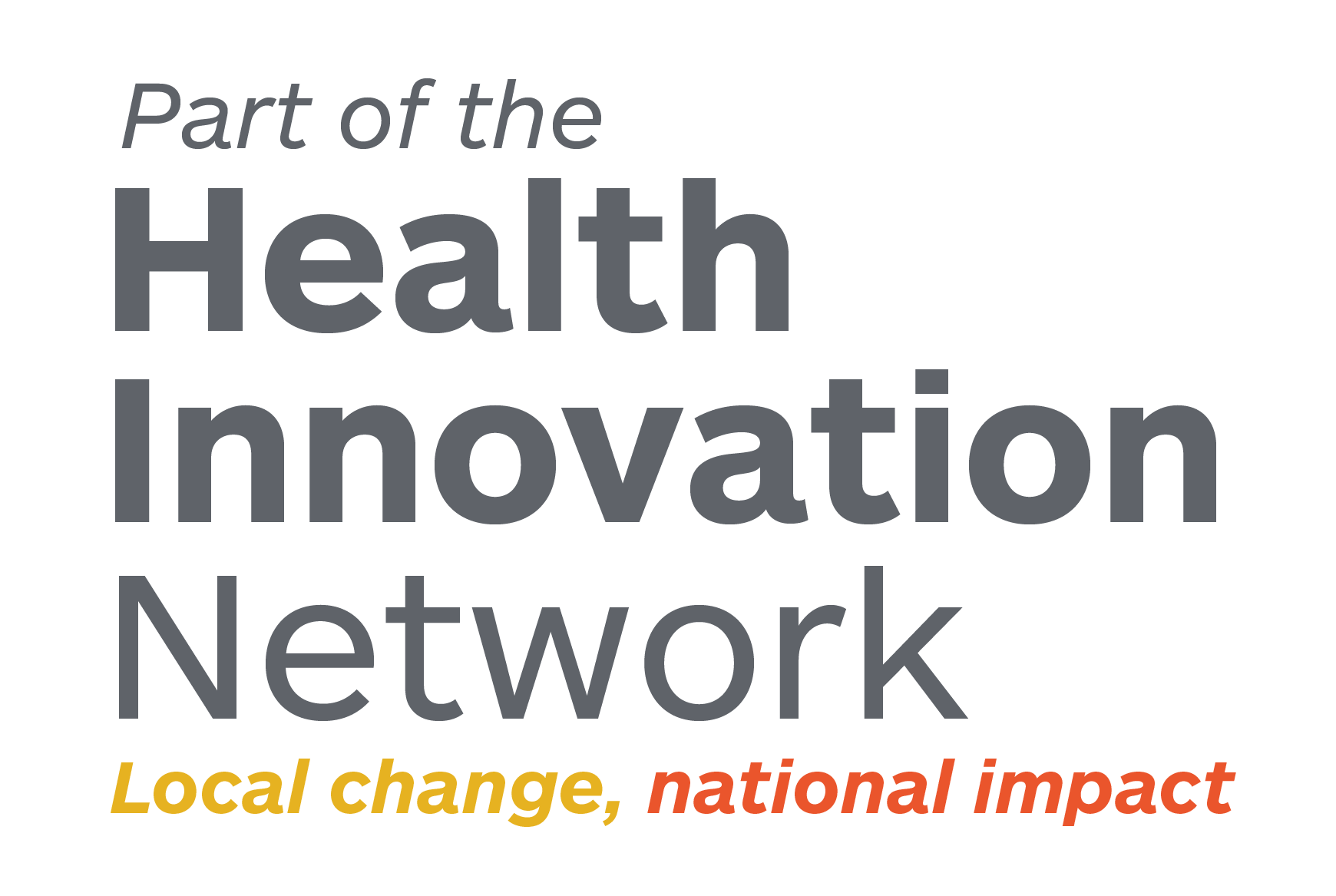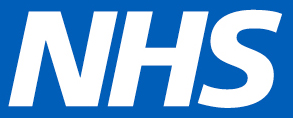In the first of our Meet the Innovator blog series, which spotlights the Founders and CEO’s making a difference to the lives of others, we meet Tommy Parker, CEO of KiActiv® – a clinically proven digital therapy designed to improve the self-management of long-term health conditions. Here he reflects how support from the West of England AHSN helped him to navigate the health innovation eco-system, accelerate the spread of his technology and steer his strategy to success.
At the beginning of our journey into Digital Health people would say that trying to establish our innovation in the NHS would be the end of us. The common perception, even from those within the system, was that you would run out of money before you were able to see people benefit from your innovation. You might think this was hyperbole, but I’m sure for plenty of people it was the truth.
Since then there has been a dramatic shift in the understanding of, and approach to, innovation within healthcare. The NHS as a whole has undergone a significant cultural change, with digital services and the ability of patients to look after themselves being central to the future vision, and frameworks in place to support innovation to achieve these long-term goals.
Early work with the West of England AHSN:
In 2015, the West of England AHSN launched a ‘diabetes mobile health challenge’ (self-management in a digital world), which was developed jointly with Diabetes UK and the regional health and care community. The purpose of this challenge was to identify established digital solutions locally to support and promote self-management of both type 1 and 2 diabetes. KiActiv® was one of five successful services selected to pilot our innovation in the West of England region, and subsequently became a partner in the national Diabetes Digital Coach Test Bed, one of the seven wave one NHS Test Beds.
Working with the West of England Academic Health Science Network on these projects provided us with introductions to regional clinicians and commissioners, enabled us to evaluate our digital service in a real-world NHS environment, and raised our company profile through speaking opportunities at regional and national events.
The collaboration with the West of England AHSN and NHS Gloucestershire CCG has enabled us to continually refine the service offering and provided evidence to demonstrate efficacy and positive user experiences for people using their programme. As a result, KiActiv® Health was commissioned by NHS Gloucestershire CCG for self-care and prevention, and our impact was recognised as a finalist at the 2018 Health Service Journal Awards in the ‘patient digital participation’ category. Since then, we have continued to deliver measurable health benefit by supporting people with self-care using their personal everyday physical activity, and access to the service has been expanded to multiple other long-term conditions.
Keeping Healthy at Home:
Our experience with the West of England AHSN on both regional and national projects gave us first-hand knowledge of their role within the health innovation eco-system, and helped steer our strategy with respect to accelerating the spread of our technology. This included maintaining an awareness of AHSN programmes, knowing that they represented the challenges being faced locally, which were often mirrored nationally.
The Keeping Healthy at Home Future Challenge posed two key questions, which both resonated strongly with our vision of how an effective and sustainable healthcare system should look. These were:
- “what if we had technology, knowledge and the confidence to manage our own condition as an expert?”
- “what if we could improve health literacy and fully support self-management?”
At this point, it’s worth me explaining a little more about our innovation.
Put simply, we make peoples’ personal everyday physical activity a medicine for improving their health, managing long term conditions, and for rehabilitation. Our mentor-guided digital service empowers people to make sustainable behaviour change in the context of their health, capacity and environment, without the need to visit gyms or clinics. We expand the therapy window, from just one to two hours of exercise per week, to include all ~112 hours of a waking week, and provide a personalised understanding of the value of movement in our daily routines and how to find the opportunities to move more. Our approach has no barriers to age or mobility and it increases patient access to deliver measurable health benefit.
KiActiv® met the needs of the West of England AHSN’s Future Challenge programme and our application was successful. We were subsequently matched with organisations looking at two very different conditions, to demonstrate how we could improve health outcomes by integrating our solution into existing pathways. Replenish-ME focused on augmenting existing services for patients with Chronic Fatigue Syndrome and evaluating our benefit to patients, whilst Moving to Better Health sought to provide a digital alternative to face-to-face pulmonary rehabilitation for those patients with COPD who were either unable or unwilling to take part in existing services.
COVID-19:
Both of these projects, and their evaluations, were designed prior to the impact of Covid-19. We had barely started before the pathways we were integrating with changed, as did the needs of the providers and most importantly the patients. However, it was clear that the vision of the Keeping Healthy at Home projects was now more important than ever and, as a technology-enabled service with remote mentor support, we were perfectly placed to continue delivering services to patients. It is a credit to all project partners, with the coordination of the West of England AHSN (and the unflappable project management team), that we were able to adapt to the changing needs and future outlook of services, and continue to support patients through a turbulent time for mental and physical health.
We had always held the belief that we could provide new, cost-effective, digital pathways for long-term condition management and rehabilitation services where physical activity is a key component, but none of us were expecting a global pandemic to be the trigger that accelerated our delivery of this vision. Alongside managing the impact of Covid-19 on our existing programmes, we knew that we would have to shout louder and work harder to make people aware of KiActiv® and our ability to support patients to self-care at home. This was reinforced every time we had an internal conversation about the potential impacts of physical inactivity during lockdown on the at-risk populations, and when witnessing the astonishing resilience of our users during this time. The adaptation to the Moving to Better Health project served as an example of what could be delivered digitally to provide a continuation of care, and with the West of England AHSN we were able to respond to local needs – rapidly setting up a small project in Wiltshire to support patients who no longer had access to face to face Pulmonary Rehabilitation, due to the lockdown.
Collaborating for a better health future:
Our work in response to Covid-19 has demonstrated a number of things to us both at a company level and also within the healthcare eco-system. We have proven our delivery model and remote-working to be robust in the face of the crisis, ensuring that the people who need our support are able to access it regardless of the situation. This emphasis on the patient is carried over to all of our interactions with healthcare partners, where there is a new sense of agility about how we approach designing a system which is fit for purpose and meets the changing need of everyone within it. This has further highlighted the importance of collaboration, with everyone pulling in the same direction for the same cause being crucial to success. Now, when we share how we’re working successfully in other areas or other conditions, people listen with a sense of shared responsibility, seeking to spread and scale the innovations having a measurable benefit to peoples’ health.
In the second of our Meet the Innovator blog series, we meet Carey McClellan, Founder and CEO of getUBetter – a digital self-management platform for all common musculoskeletal injuries and conditions. In his blog, he talks about how the West of England AHSN helped him with early ownership of his idea and what our Health Innovation Programme (HIP) taught him about business strategy and planning. Read it here.
If, like Tommy, you are a healthcare innovator looking for business development support and tools, do get in touch with us at the West of England AHSN. We can help. You can visit our Innovation Exchange for expert advice, information about funding opportunities and to make contact with our team to access support.


 In the first of our series looking at how healthcare is changing to manage COVID-19, our Chief Executive Natasha Swinscoe considers the factors that helped those on the front-line respond quickly and effectively.
In the first of our series looking at how healthcare is changing to manage COVID-19, our Chief Executive Natasha Swinscoe considers the factors that helped those on the front-line respond quickly and effectively.

